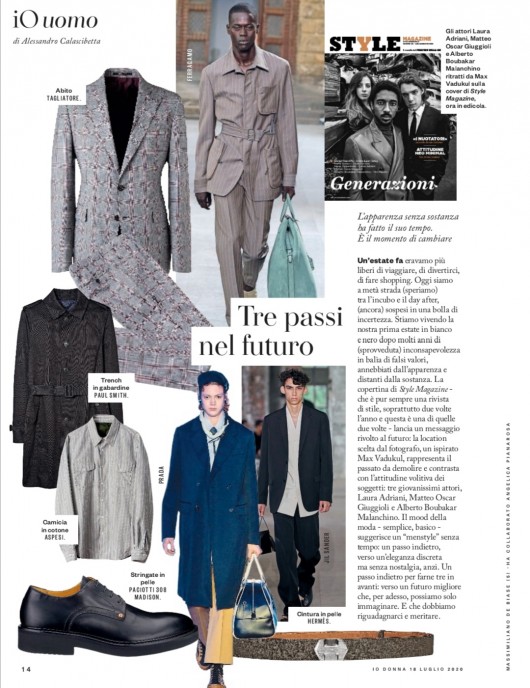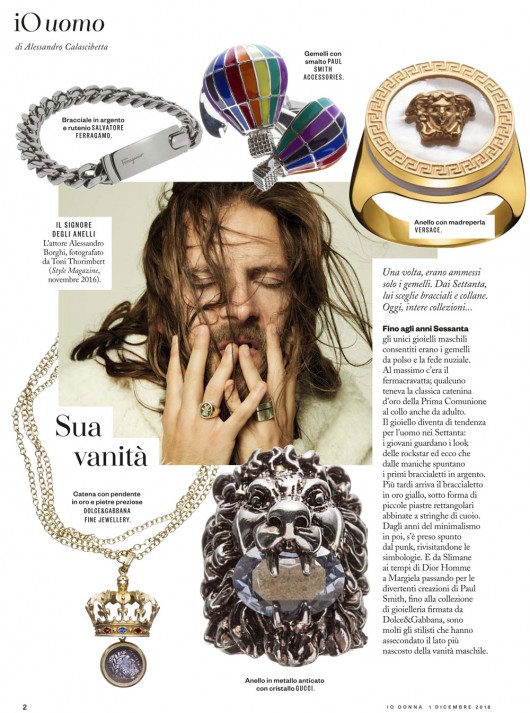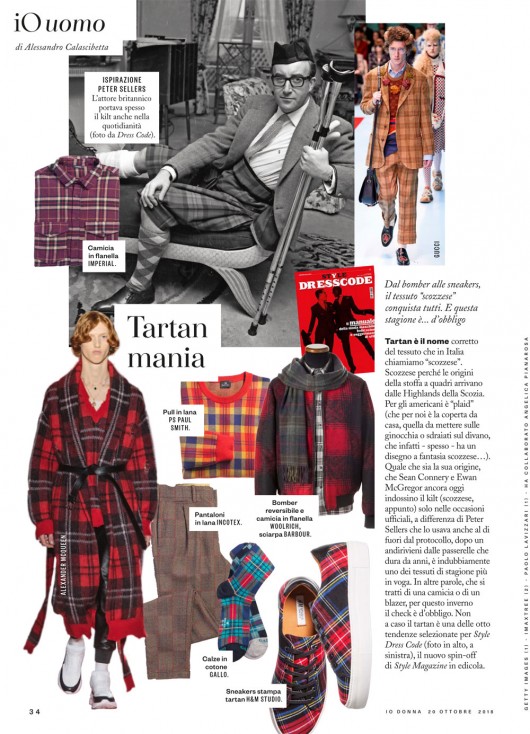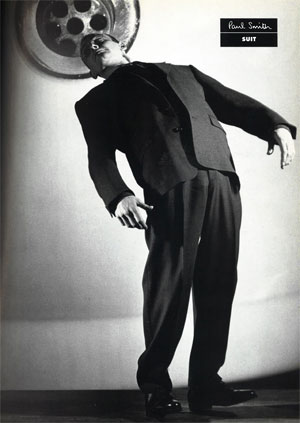IO UOMO – TRE PASSI NEL FUTURO
Three steps towards the future. A summer ago we were free to travel, have fun, go shopping. Today we are halfway (hopefully) from nightmare and the day after, (still) stuck in a bubble of uncertainty. We’re living our first summer in black and white after years of (naive) inconsciousness, at the mercy of false values, clouded by appearance and far from the essence. The cover of Style Magazine – a magazine about style, especially twice a year and this is one of those times – sends a message for the future: the location chosen by the photographer, an inspired Max Vadukul, represents the past to be demolished and contrasts with the volitive attitude of the three young actors: Laura Adriani, Matteo Oscar Giuggioli and Alberto Boubakar Malanchino. The mood of the fashion – simple, basic – suggests a timeless “menstyle”: a step back, towards a discreet, but not nostalgic, elegance. A step back to make three steps forward: towards a better future that, by now, we can only imagine. And that we have to regain and deserve.






![09-io-uomo-txt_9489714[1]](http://www.themenissue.com/wp-content/uploads/2020/03/09-io-uomo-txt_94897141-530x694.jpg)



